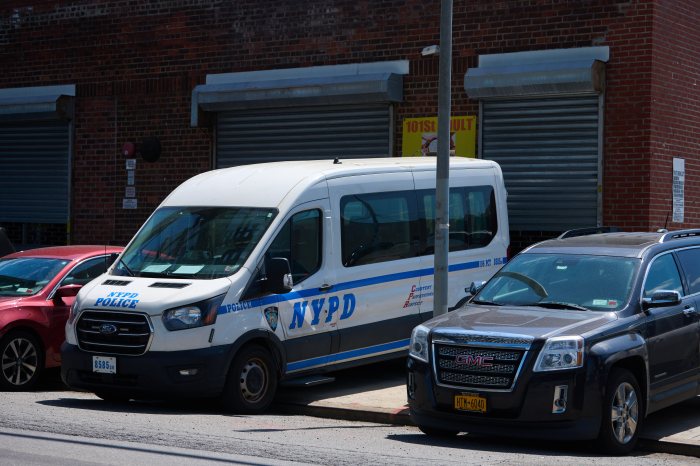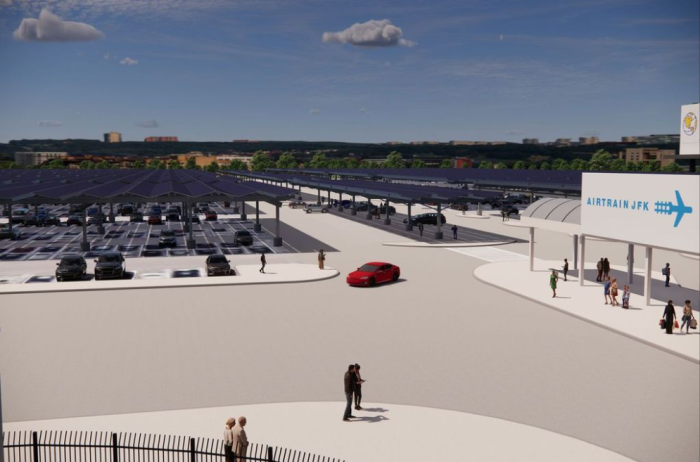Concepts to reimagine the Port Authority Bus Terminal, released Thursday by the agency, vary wildly in price and execution.
The five finalists from the Port Authority’s competition include an idea from the biggest city design firm to bury a new terminal deep underground, below the existing site.
Another pitch would construct an entire new terminal in the Javits Center. Still another would also incorporate a 9.8-acre public park through the heart of the West Side.
Built in 1950, the Port Authority Bus Terminal quickly reached its capacity. It’s notoriously stuffy and cannot meet the demand of today’s commuters.
Each designer was tasked to meet the authority’s projected commuter growth over the next 24 years. The authority expects 337,000 daily commuters by 2040, an increase of almost 69 percent from 2011.
Despite recent calls to move at least part of any new bus terminal out of Hell’s Kitchen, each concept revolves around building within the neighborhood. The new designs will be used as a starting point for discussion as the Port Authority restarts its planning process for the facility with “extensive consultation” with Manhattan’s elected officials and the local community, the authority said.
“My instinct is that no one is going to emerge … as the final concept,” said Port Authority Chairman John Degnan. “These are concepts only.
“There may be ideas in each of them — we certainly like the components that don’t require eminent domain or acquisition of private property,” Degnan continued. “Some of them, you can gauge here yourself, by expense or other consideration, are probably not going to survive.”
Price tags range from a $3.7 billion plan to build a reduced-size but higher-capacity terminal along 10th Avenue, to the $15.8 billion idea to move the entire terminal underground.
Once expected to serve as the foundation of planning a new bus terminal, the concepts took on a lesser role after after West Side politicians and community members said that the Port Authority didn’t sufficiently consult with the public on the project.
“Instead of tearing up the concepts, the thought is that this could be a jumping point, or a launching board, to talk about what could be. But this time planning will involve community input,” said Delores Rubin, chair of Manhattan’s Community Board 4.
Transit experts agree that, even with the massive Gateway Project tunnel under the Hudson River, a larger bus terminal must be one component of a comprehensive regional planning approach to meet the growing demand of cross-Hudson commuters.
“The Port Authority should really be planning not for 2040 but for 50 or 75 years down the line, considering the cost of the project,” said Janna Chernetz, director of New Jersey policy at the Tri-State Transportation Campaign. “Not one mode can absorb the other. We need to have all modes available to meet the needs of everybody. If you don’t have the bus, rail and roads can’t absorb all bus commuters.”
Here are the five final Bus Terminal concepts:

















